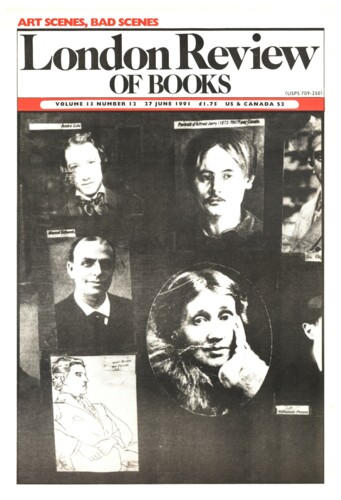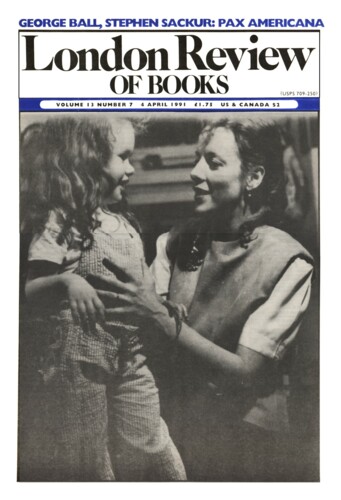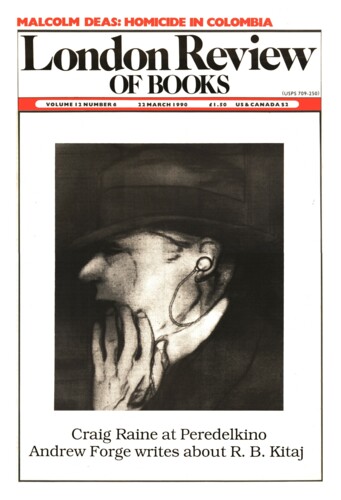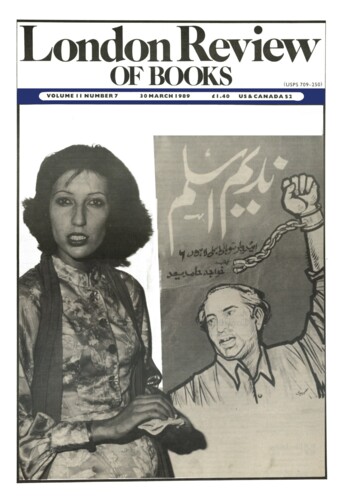Some words on the death of Lawrence Gowing
Andrew Forge, 27 June 1991
Some of Lawrence’s earliest paintings are self-portraits in the mould of Courbet – the painter as Artist. Latterly the role was deepened in its tragic aspect, the artist as Marsyas flayed. Lawrence’s gift to us, his perennial celebration of substance, richness, colour, the great blossoming of form – to use one of his own phrases – all in the name of painting, was never unattached from a sense of mortality. He had looked at death several times. His torrential energy was matched by his stoicism. When he talked about painters and painting, it was always to ruminate about a life story, the meaning of a journey, a journey in which he had a personal stake. His writing was above all imaginative, and even when it was at its most scholarly one had the feeling of being swept along in a creation of the imagination, as in a great novel. It was not a narrative of events he told, but rather a rehearsal of how his subjects had told themselves the greater narrative of painting. Lawrence talked about the art of the past as one reliving a family romance that stretched back centuries and whose unknown dénouement was anticipated with an excitement that was almost unbearable. As in any family epic, there were times when it seemed that identities became almost interchangeable: Vermeer becoming Bill Coldstream – or perhaps it was the other way round – Constable finding room at his elbow for Lawrence’s first teacher Maurice Field. Cézanne, of course, was an ideal father – and an ideal self.’




